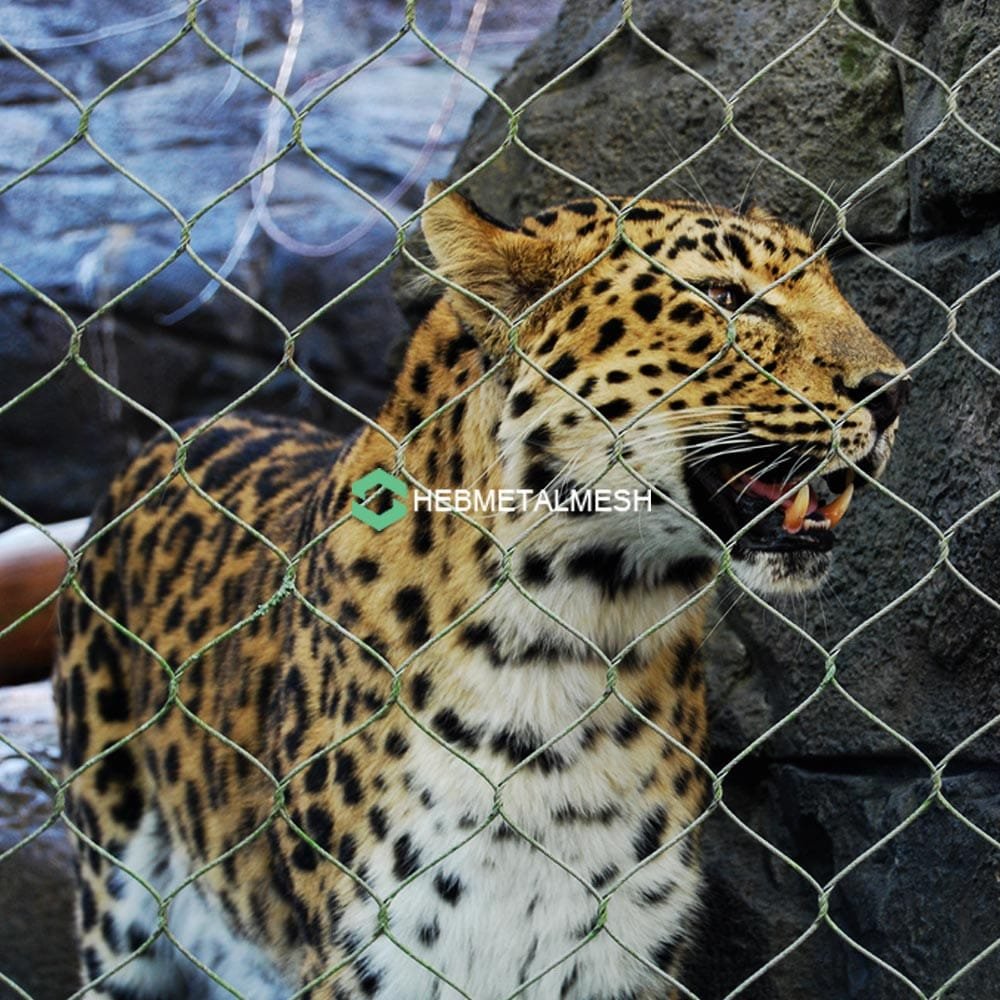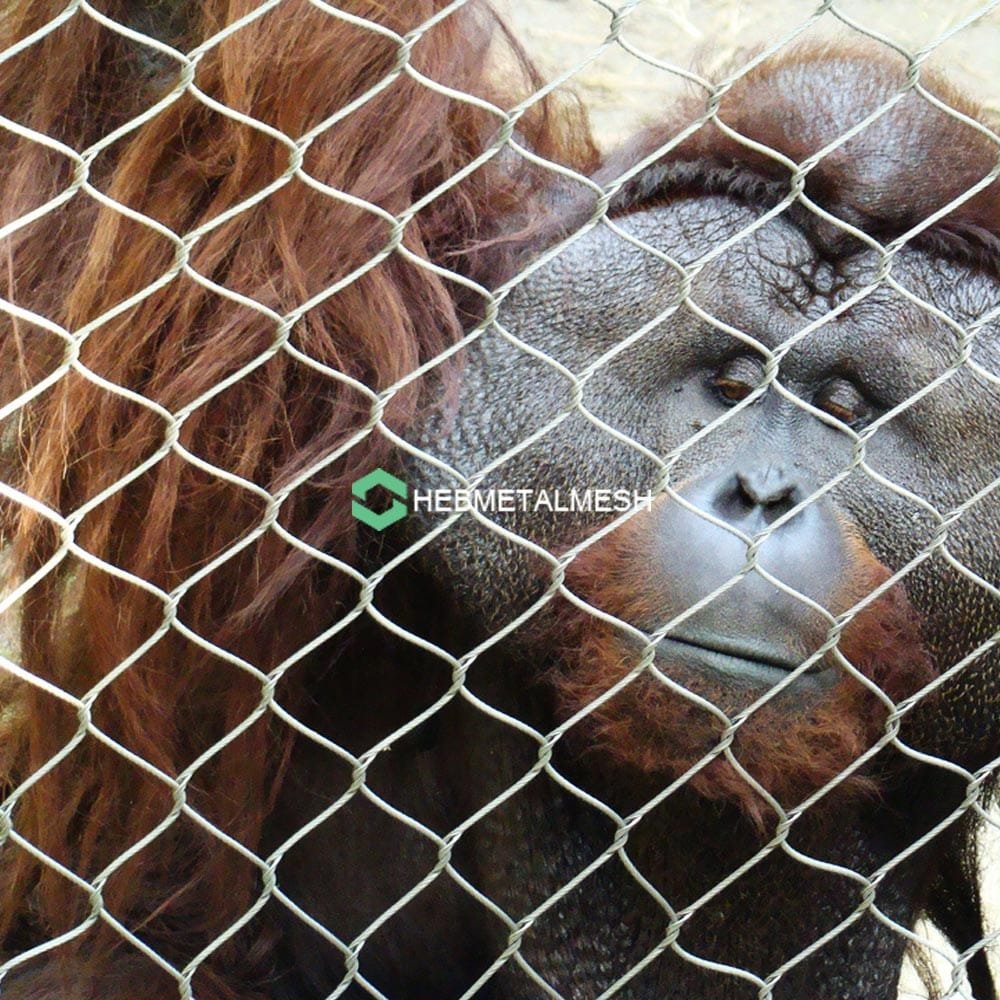Zoo fencing is more than just a barrier. It’s a crucial element in the design of modern zoos.
It serves multiple purposes, from ensuring the safety of animals and visitors to enhancing the overall aesthetic appeal of the zoo.
In this article, we delve into the world of zoo fencing, exploring innovative solutions that balance functionality and design.
We’ll reveal how modern zoo fencing ideas are transforming the way we think about animal enclosures.

The Evolution of Zoo Fencing
Zoo fencing has evolved significantly over the years. Initially, it was primarily about containment, keeping animals within designated areas.
Today, it’s about creating naturalistic habitats that mimic the animals’ wild environments. This shift reflects a deeper understanding of animal welfare and the role of zoos in conservation.
Prioritizing Animal Welfare and Visitor Safety
Modern zoo fencing solutions prioritize the welfare of the animals. They provide ample space, privacy, and opportunities for natural behavior, contributing to the animals’ overall well-being.
At the same time, these solutions ensure visitor safety. They prevent direct contact with potentially dangerous animals, while still allowing for close observation and interaction.
Innovative Materials in Zoo Enclosure Construction
The choice of materials in zoo fencing ideas has evolved significantly. Today, advanced materials are used to create enclosures that are both durable and visually appealing.
These materials include tempered glass, stainless steel, and high-density polyethylene. Each offers unique benefits:
- Tempered glass: Provides unobstructed views and is highly resistant to impact.
- Stainless steel: Offers high strength and durability, with minimal maintenance requirements.
- High-density polyethylene: Lightweight yet strong, it is resistant to weathering and can be molded into various shapes.

Designing for Species-Specific Needs
Zoo fencing must cater to the unique needs of each species. For instance, enclosures for arboreal animals should incorporate climbing deterrents without compromising visibility.
Similarly, large or potentially dangerous animals may require secondary barriers such as electric fencing. This ensures safety while maintaining a naturalistic environment for the animals.
Enhancing Visitor Experience Through Transparent Enclosures
Transparent materials like tempered glass are increasingly used in zoo fencing. They offer unobstructed viewing, enhancing the visitor experience.

Moreover, these materials can contribute to conservation education by allowing visitors to observe animals in a setting that closely mimics their natural habitat.
Integrating Security with Aesthetics
The balance between aesthetic appeal and functional requirements is a key consideration in modern zoo fencing. Innovative designs integrate security features seamlessly, without compromising the visual appeal of the enclosure.
Moreover, the use of landscaping and vegetation can enhance both enclosure security and aesthetics, contributing to a more immersive visitor experience.
Case Studies: Successful Zoo Fencing Implementations
Several zoos worldwide have successfully implemented modern fencing solutions. For instance, the use of tempered glass in primate enclosures has significantly improved visibility, enhancing visitor experience while ensuring animal safety.
Similarly, the integration of electric fencing in large carnivore exhibits has effectively deterred escape attempts, without compromising the naturalistic design of the enclosure.
Conclusion: The Future of Zoo Fencing
As we move forward, the future of zoo fencing lies in the integration of technology and innovative design. This will not only enhance animal welfare and visitor experience but also contribute to conservation education.
In conclusion, modern zoo fencing solutions are evolving to meet the dynamic needs of animals, visitors, and the environment. The focus is on creating enclosures that are safe, aesthetically pleasing, and sustainable.


